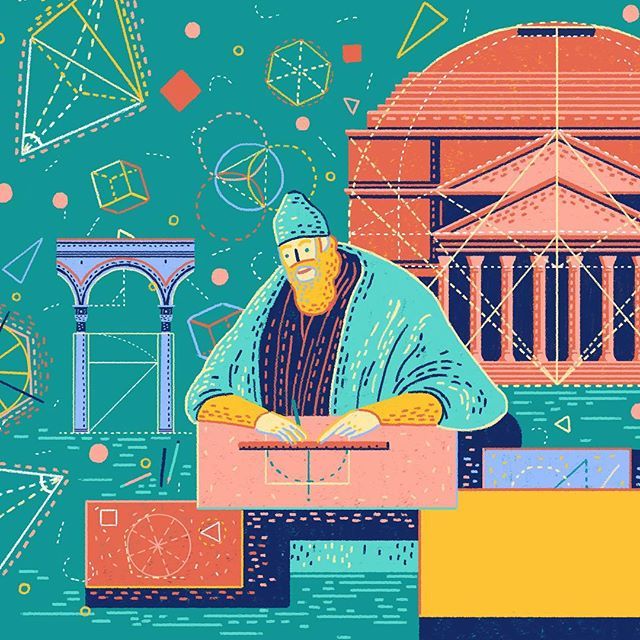Stamps on Asian Mathematicians

Xiong Qinglai (1893–1921)
Xiong Qinglai was a Chinese mathematician from Yunnan. He was the person who introduced modern mathematics to China. He studied in Europe for eight years (1913 to 1921) before returning to China to teach. In 1921, he set up the Department of Mathematics of National Southeastern University (which was later renamed as the National Central University and Nanjing University). In 1926, Xiong became a professor of mathematics at Tsinghua University, where he influenced the path taken by Hua Luogeng, who later became another prominent mathematician.
Hua Luogeng (1910–1985)
Hua Luogeng was one of the leading mathematicians of his time and one of the two most eminent Chinese mathematicians of his generation, S S Chern being the other. Hua was the founder and pioneer of many fields in China’s mathematics research. He wrote more than 200 thesis papers and monographs, many of which have become invaluable classic documents. Besides pure mathematics research, Hua also did a lot of work in the field of mathematics applications. The Hua Luogeng Prize was set up in 1992 in memory of him. The award is now the highest honour in Chinese mathematics community.
Chen Jingrun (1933–1996)
Chen Jingrun was a Chinese mathematician who made significant contributions to the area of number theory. His doctoral advisor was Hua Luogeng. Chen is ranked as one of the leading mathematicians in the 20th century and one of the most influential mathematicians in the history of China. In 1999, China issued an 80-cent postage stamp, titled “The Best Result of Goldbach Conjecture”, with a silhouette of Chen and the inequality:
Srinivasa Aiyangar Ramanujan (1887–1920)
Srinivasa Ramanujan was one of India’s greatest mathematicians. Even though he had almost no formal training in pure mathematics, he made substantial contributions to mathematical analysis, number theory, infinite series and continued fractions. According to the prominent mathematician G H Hardy, Ramanujan is in the same league as Euler, Gauss, Newton and Archimedes. Ramanujan was brought by Hardy to Trinity College, Cambridge in 1914, and he graduated in 1916 with a Bachelor of Science by Research (the degree has been termed as a PhD from 1920). In 1918, Ramanujan was elected a fellow of the Cambridge Philosophical Society and a fellow of the Royal Society of London. He died one year after he returned to India.
Two Prizes have been created in Ramanujan’s name, one by the International Centre for Theoretical Physics (ICTP), in cooperation with the International Mathematical Union (IMU), another by the Shanmugha Arts, Science, Technology, Research Academy (SASTRA).
Damodar Dharmananda Kosambi (1907–1966)
Damodar Dharmananda Kosambi was an Indian mathematician and statistician who contributed to genetics by introducing Kosambi’s map function. He is well-known for his work in numismatics and for compiling critical editions of ancient Sanskrit texts. One of the most important contributions of Kosambi to statistics is the representation of a stochastic process as an infinite linear combination of orthogonal functions, which is now known as Karhunen–Loeve expansion. In the 1943 paper titled “Statistics in Function Space” presented in the Journal of the Indian Mathematical Society, Kosambi presented the Proper Orthogonal Decomposition. This was done some years before Karhunen (1945) and Loeve (1948). Kosambi was also a historian of ancient India who employed the historical materialist approach in his work. He was an enthusiast of the Chinese revolution and its ideals, in addition to being a leading activist in the World Peace Movement.
[Source: Asia Pacific Mathematics Newsletter (July 2011, Issue No. 3)]